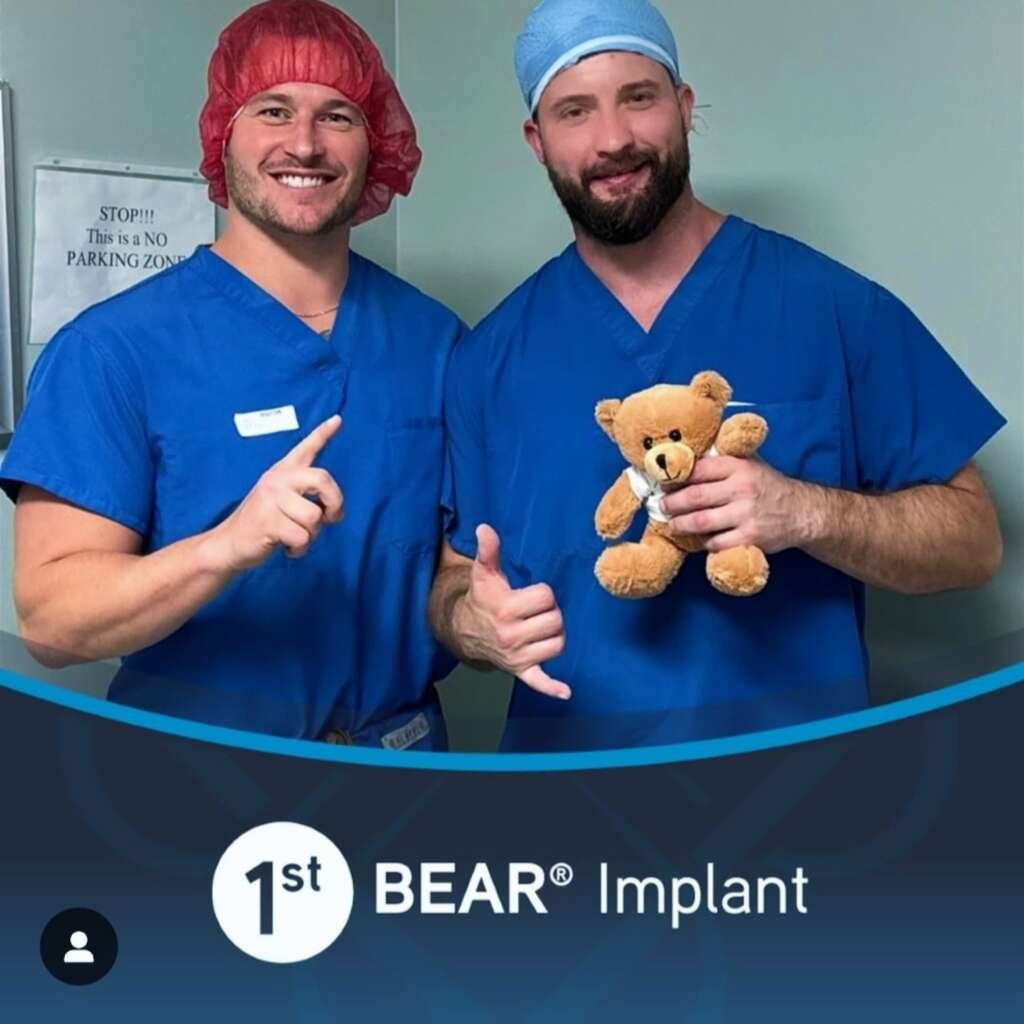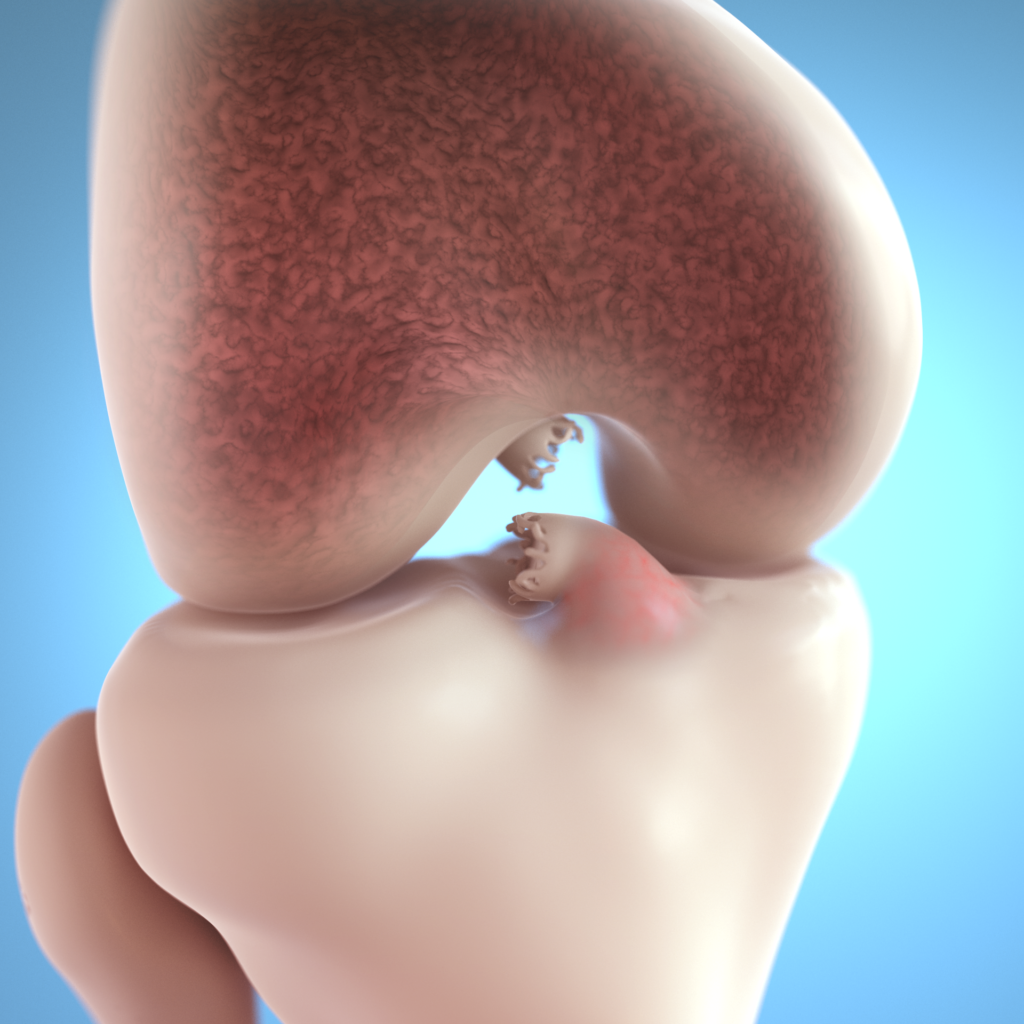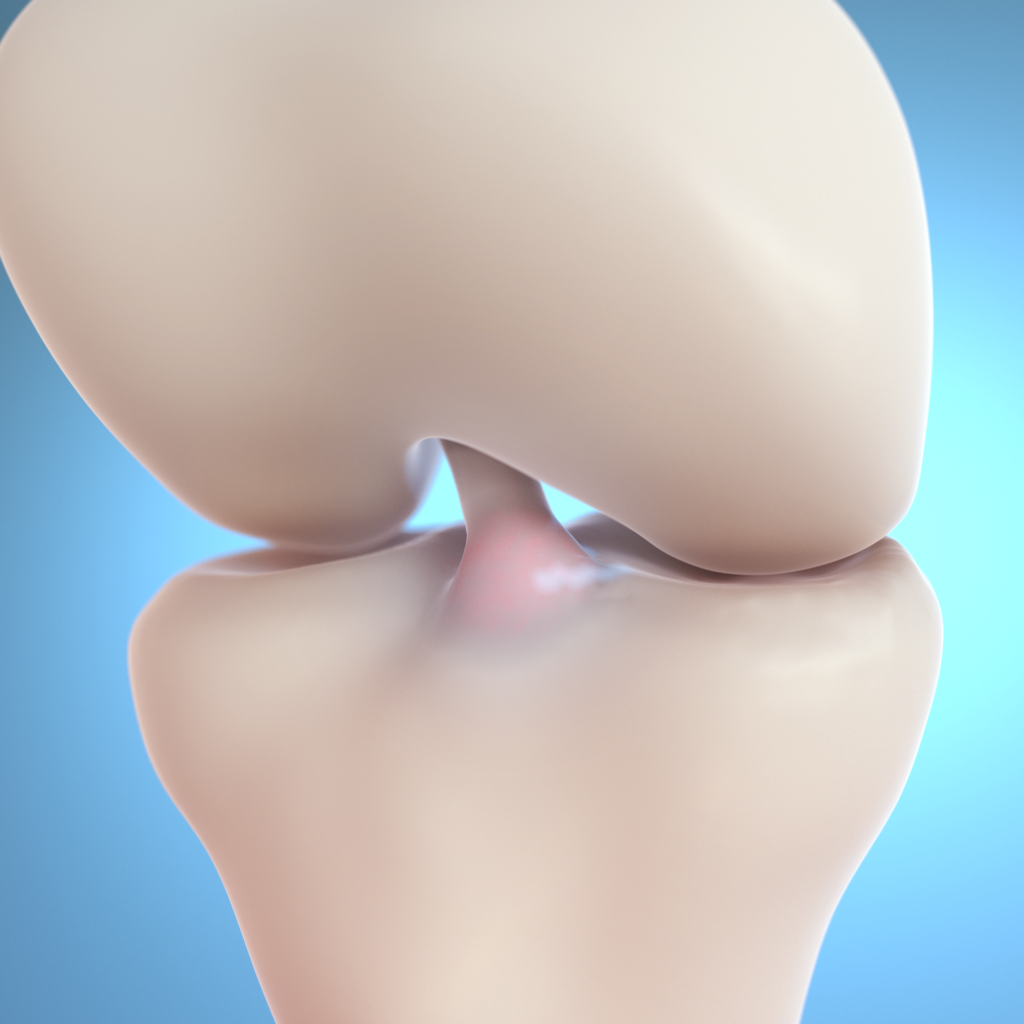
Graeme Matthewson, MD, is at the forefront of utilizing breakthrough technology for treating anterior cruciate ligament (ACL) tears, a prevalent knee injury in the U.S. The BEAR® Implant represents the first major innovation in ACL treatment in over 30 years and is the first FDA-approved technology that enables the natural healing of a torn ACL, marking a significant shift from the traditional reconstruction method, which involves replacing the ACL with a graft.
With around 400,000 ACL injuries occurring annually in the U.S., ACL reconstruction has become a common orthopedic procedure. However, this approach has its drawbacks, including the need for multiple incisions and the potential for patients not returning to their previous level of activity. The BEAR Implant offers a new approach by restoring the ligament rather than replacing it, allowing the body to heal its own torn ACL while preserving the knee’s natural anatomy.
Procedure Overview
Unlike traditional ACL reconstruction, the BEAR Implant eliminates the need for a second surgical site to harvest a tendon or use a donor tendon. Instead, the implant acts as a bridge between the torn ends of the ACL. During the minimally invasive procedure, your surgeon will inject a small amount of your blood into the implant and place it between the torn ACL ends. This combination encourages the body to heal the torn ligament naturally. As the ACL heals, the BEAR Implant is gradually absorbed by the body, typically within eight weeks.




Ideal Candidates
The BEAR Implant may be recommended for patients who are at least 14 years old, are skeletally mature, and have a complete ACL rupture confirmed by MRI. To be eligible, the ACL stump must be attached to the tibia, and the procedure must be performed within 50 days of injury.
Benefits of the BEAR Implant
Traditional ACL reconstruction can lead to complications, such as pain while kneeling and long-term weakness. The BEAR Implant avoids these issues since it doesn’t involve grafting. Additionally, ACL reconstruction has a high re-tear rate, particularly in teens, making revision surgeries more complex. In contrast, revisions with the BEAR Implant are more straightforward and predictable.
As with any surgical procedure, the BEAR Implant carries risks, including the possibility of re-tear, infection, knee pain, and limited range of motion. It’s important to discuss your specific symptoms and treatment options with your surgeon.
If you’ve suffered an ACL injury, consult with Matthewson Orthopedics to determine if the BEAR Implant could be the right choice for you.
Check out a video of how the procedure is done: